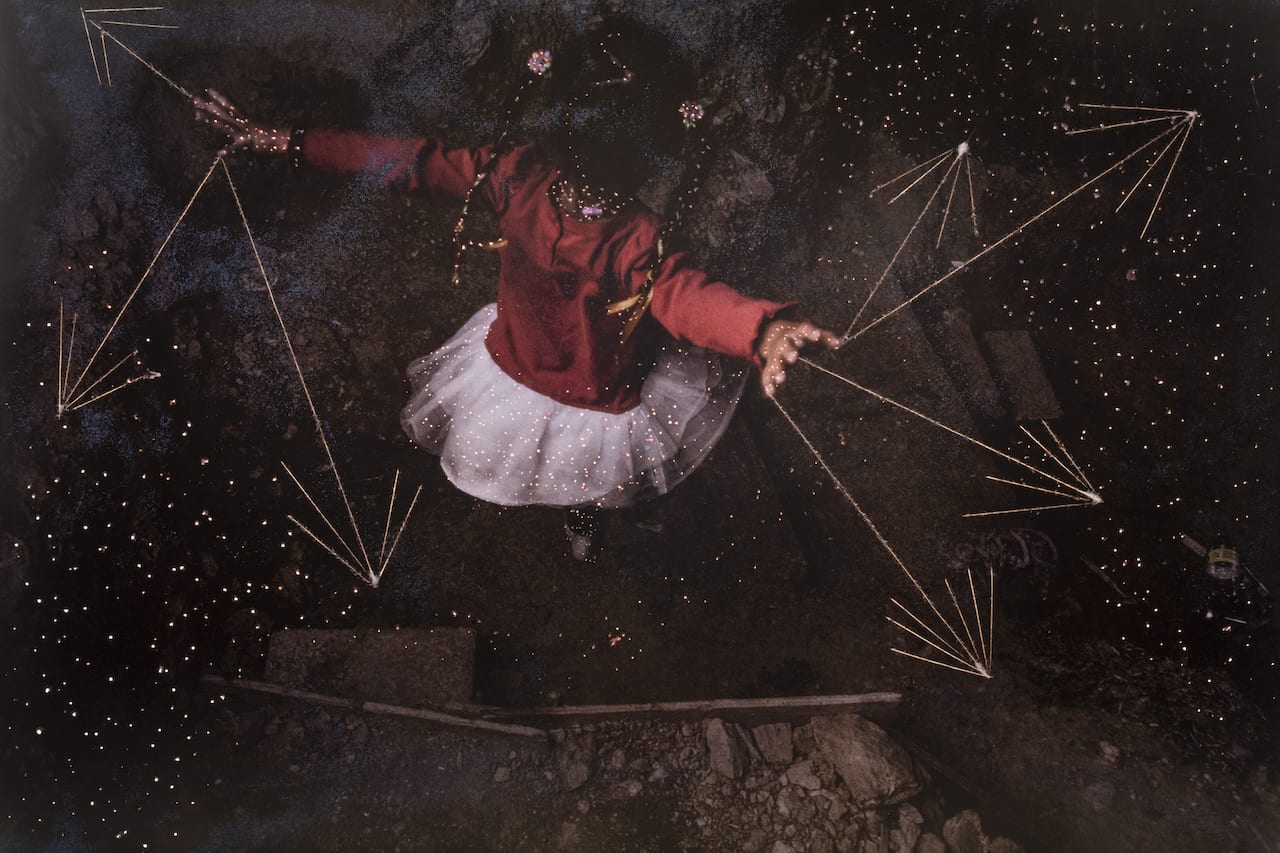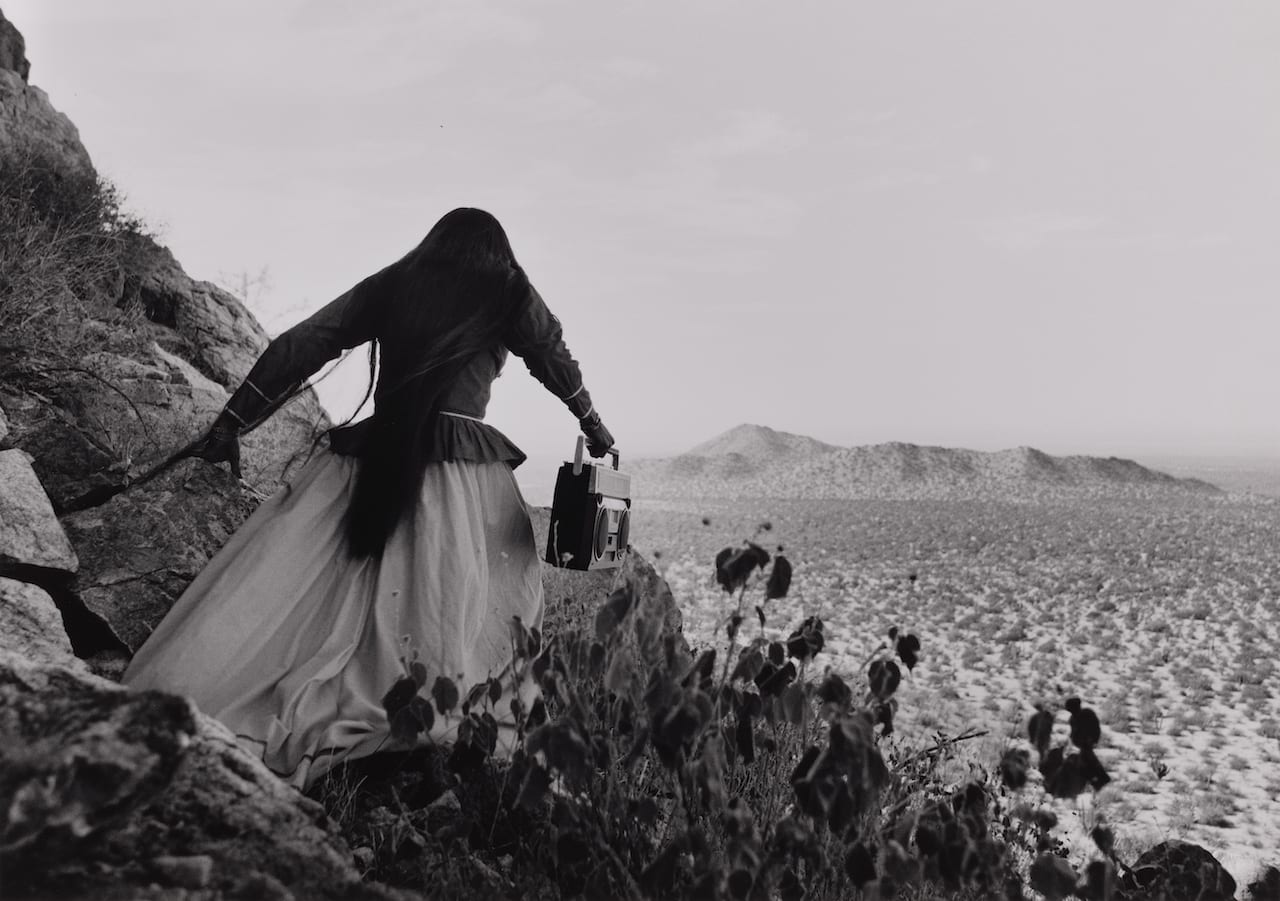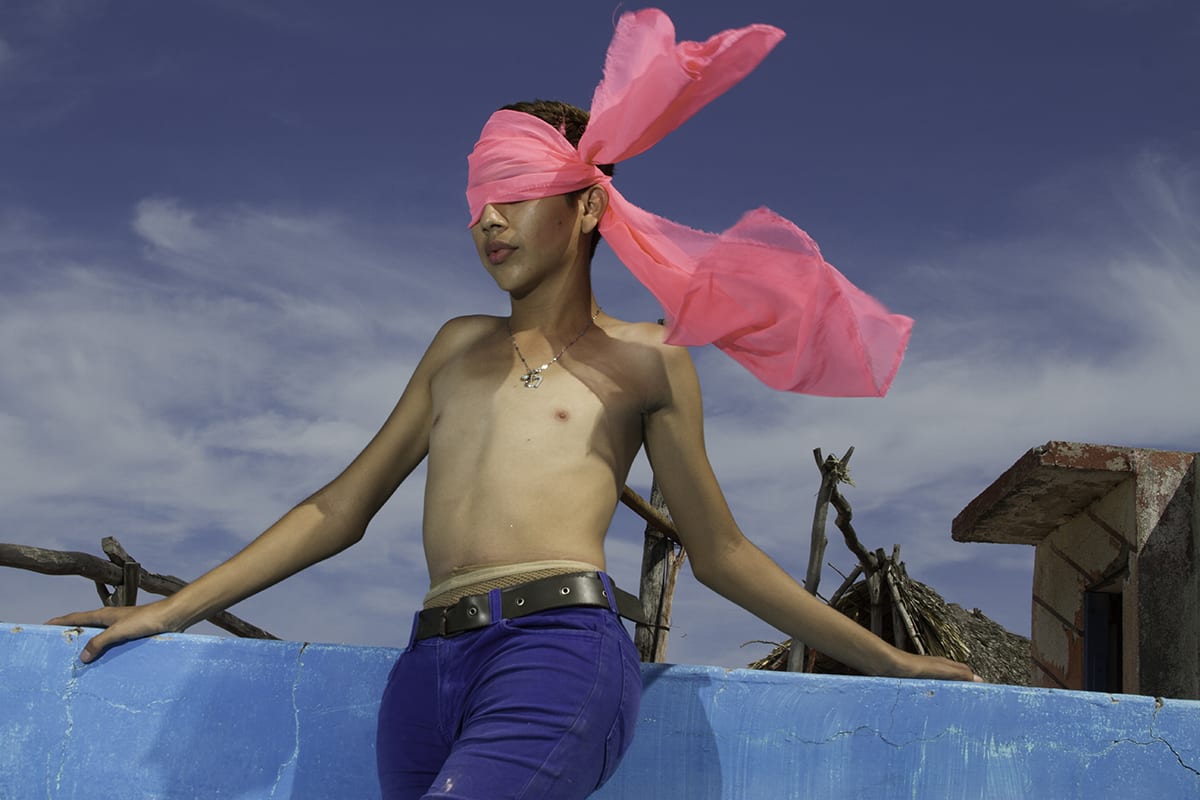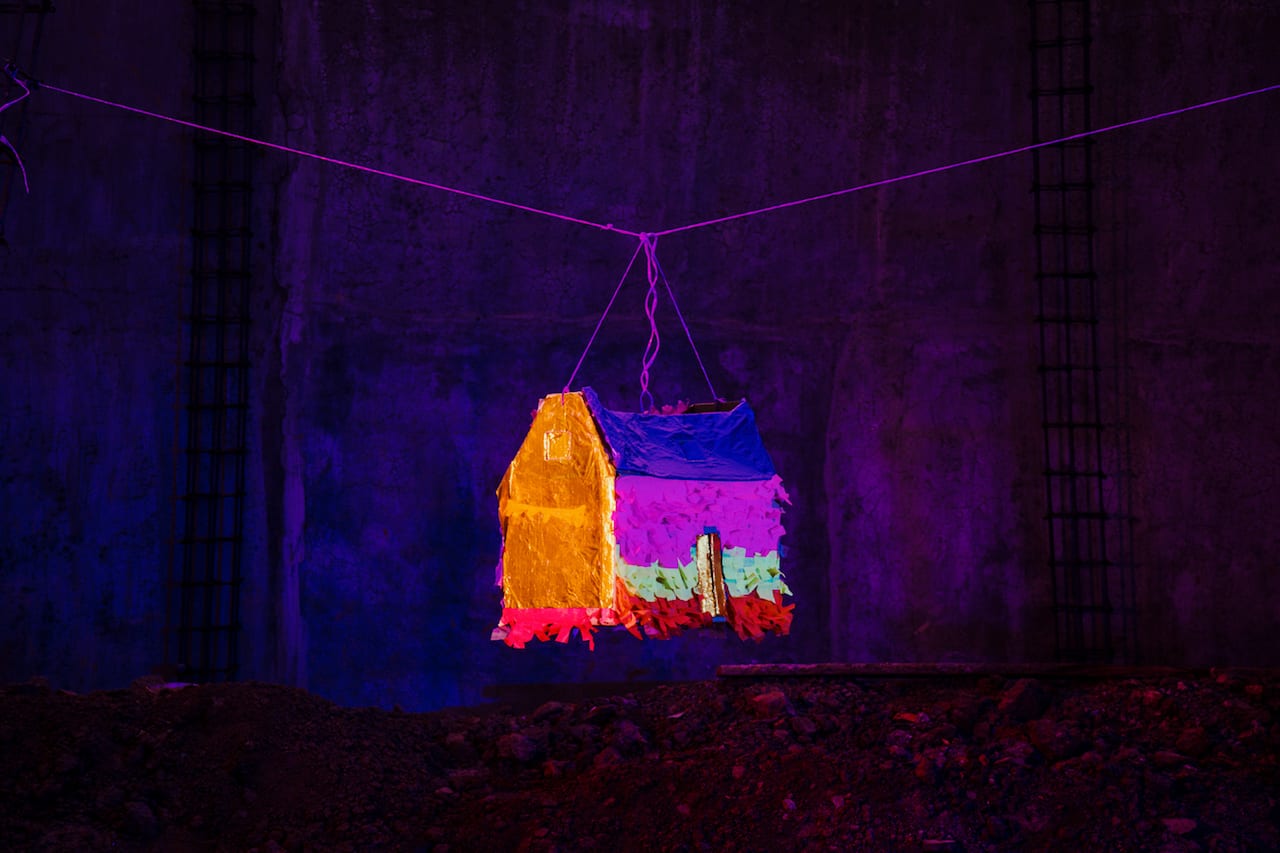Driven by loss in his own family, Yael Martínez explores the pain and violence inflicted by organised crime on families in his home-state Guerrero


Driven by loss in his own family, Yael Martínez explores the pain and violence inflicted by organised crime on families in his home-state Guerrero

Behind a shop vitrine, a human skull, wearing a helmet adorned with a swastika, grins. Next to it, an animal – apparently taxidermic – stands rigid on the floor. The silhouette of a pair of legs belonging to a passer-by on the street reflects in the glass. Above this desultory display, a banner stuck to the top of the window reads, “Mexico… ¡quiero conocerte!”. In this single photograph, taken in 1975 in Chiapas, Graciela Iturbide projects her vision of Mexico: a country of political, religious, social, cultural and economic pluralities and tensions. A place where contrasts present themselves at every turn – sometimes harmonious, sometimes tense.
It is this multilayered image of Mexico that Iturbide has slowly peeled back and revealed through her photography over the last five decades. She has travelled extensively across her own country, between urban and rural landscapes, living with different communities, and moving from the physical to the transcendental, the ancient to the contemporary, witnessing and experiencing the juxtapositions intertwined in Mexican culture.

Nelson Morales was seven years old when he saw a Muxe for the first time. Seeing an individual he didn’t identify as a woman proudly wearing a tiny swimsuit, fluffy feather boa and glistening sequins at a local festival, he was “shocked”, he says.
But Morales was growing up in the city of Oaxaca, central Mexico, where the Muxes are regarded as a third gender – assigned male at birth but interested in codes of dress and behaviour associated with femininity, often from a young age. Asked to photograph the Muxes community, Morales soon found himself liberated by them.
He continued to photograph the Muxes – and himself – for eight years, hoping to capture the complexity of their lives and to confront his own identity as he joined their community. His book, Musas Muxes, is published by Mexican collective Inframundo.
In the city of Oaxaca, the Muxes are regarded as a third gender. They are assigned male at birth, but from a young age they dress and behave in ways associated with the female gender.
One day, Morales was asked by a friend to photograph this gender-fluid community, and soon he found himself liberated by them. Over eight years he photographed them, and himself, hoping to capture the complexity of the Muxes lives, while confronting his own identity in the sensual and challenging space of the Muxes.

On 7 September 2017, just before midnight, a magnitude 8.1 earthquake hit Mexico’s southern coast, the second strongest earthquake in the country’s history. It was felt by 50 million people across Mexico and, in the heavily affected states of Oaxaca and Chiapas, killed dozens of people and left over 100,000 homes damaged.
When the earthquake hit, Andres Millan was living in his hometown in Bogota, Colombia, preparing for a four-month residency that would start in November at Casa El Ocote, a gallery and cultural centre in Oaxaca. At quarter to midnight, alerts started to pop up on Millan’s mobile phone. When he switched on the news, the first image he saw was of the Mexican flag at the Municipal Palace in Oaxaca, lit up by lights coming from police cars.
My home is my castle references these first images that Millan saw from Colombia when the earthquake hit. “I wanted to recreate the light from the police car, so the photos are made with two flashes, one with a red filter and another with a blue one. The mixture of colours made the images acquire that pink colour,” he explains.